Park skis in 2025 are all about control, versatility, and durability for freestyle tricks. Whether you're hitting rails, landing jumps, or riding switch, the right setup makes all the difference. Here's what you need to know:
- Short Skis Dominate: Sizes like 65 cm, 99 cm, and 120 cm offer agility and easier spins compared to traditional 170-190 cm skis.
- Key Features: Twin tips for switch riding, softer flex for tricks, reinforced edges for durability, and lightweight designs for reduced fatigue.
-
Choosing the Right Length:
- 65 cm: Best for technical tricks and rail riding.
- 99 cm: Great for versatile park use.
- 120 cm: Ideal for jumps and speed.
Quick Comparison
| Length | Best For | Key Features | Price |
|---|---|---|---|
| 65 cm | Technical tricks, rails | Lightweight, high agility, easy spins | $450 |
| 99 cm | All-around park use | Balanced control, versatile | $490 |
| 120 cm | Big jumps, speed runs | Superior stability, solid landings | $690 |
For optimal performance, match your ski length, flex, and weight to your riding style and skill level. Snowfeet's 2025 lineup is a top choice for park enthusiasts, blending durability with freestyle-friendly features.
Short vs. Long Skis for Park Riding: The Guide to Finding Your Perfect Length! 🏂🤔 | Skiing Tips 2023
How to Choose Park Skis
Picking the right park skis comes down to a few technical factors that directly influence how they perform on rails, jumps, and other features. Let’s break down the essentials to help you make the best choice.
Length and Flex Options
The length of your skis can greatly affect how you execute tricks and maintain control. Shorter skis are easier to maneuver and are ideal for technical park riding.
| Ski Length | Ideal For | Benefits |
|---|---|---|
| 65 cm | Technical tricks, rails | High agility and easy spin rotation |
| 99 cm | All-around park use | Balanced control and stability |
| 120 cm | Jump lines, speed | Better landings and stronger edge grip |
A softer, uniform flex is preferred for freestyle skiing, as it provides stability when riding both forward and switch. Once you’ve decided on the length and flex, it’s time to consider the ski's construction for durability and performance.
Build Quality and Materials
The materials and construction of park skis are designed to withstand the demands of freestyle skiing while maintaining performance. Here’s what to look for:
| Component | Material | Why It Matters |
|---|---|---|
| Core | Wood | Great energy return and responsiveness |
| Edges | 2.5mm thick | Withstands impacts from rails |
| Sidewalls | Full ABS | Efficient energy transfer to edges |
| Composite | Fiberglass/Carbon | Balances stiffness and weight |
Wood cores are a standout choice for their energy and responsiveness. Reinforced edges and full sidewalls are essential for durability, especially in park conditions. Fiberglass composites play a big role in stiffness, accounting for 50-80% of the ski’s overall rigidity.
Weight Impact on Performance
Ski weight is another factor that can influence your park performance. Lighter skis reduce fatigue during long sessions and make spins and rotations easier. However, going too light may compromise stability on larger features.
For beginners and intermediate skiers, a balanced weight provides better control when learning new tricks. Advanced riders often lean toward lighter skis for technical maneuvers, particularly for rail tricks and quick spins.
Best Park Skis for 2025
Park skiing trends in 2025 lean toward shorter skis, offering better control and easier execution of tricks. Here's a look at the Snowfeet lineup designed to meet the needs of different park skiing styles.
Snowfeet Skiblades Size Guide
Each length in the 2025 Snowfeet Skiblades lineup is designed to cater to specific park riding styles. Here's a quick breakdown:
| Length | Price | Best For | Key Features |
|---|---|---|---|
| 65 cm | $450 | Technical tricks, rail riding | Lightweight, quick rotations, high agility |
| 99 cm | $490 | All-mountain park riding | Great balance, versatile performance |
| 120 cm | $690 | Big jumps, speed runs | Superior stability, solid landings |
The 65 cm Skiblades are perfect for tight, technical tricks and rail riding. Pro skater Logan (@xskyskaterx) shares:
"I can rip all of my inline tricks on Snowfeet, finding boxes, jumps, and spins fresh and new but familiar enough to learn without bailing too much"
The 99 cm model offers a great mix of stability and flexibility, making it a favorite for all-around park use. Meanwhile, the 120 cm Skiblades are built for riders focusing on speed and hitting larger features, without sacrificing trick potential.
This lineup highlights the twin-tip design, softer flex, and reinforced construction that make Snowfeet a standout choice for park skiing.
Full-Length vs Short Skis
Traditional park skis range from 170 to 190 cm, making them much longer than Snowfeet's compact options. Here's how they compare:
| Aspect | Short Skis (65-120 cm) | Full-Length Skis (170-190 cm) |
|---|---|---|
| Agility | Easier to spin | More effort required |
| Transport | Fits in a backpack | Needs a dedicated bag |
| Learning Curve | Quick to pick up | Takes more time to master |
| Versatility | Works with winter shoes | Requires ski boots |
Shorter skis offer clear advantages for park riders. As Brina, a terrain park enthusiast, explains:
"The Mini Skis work perfectly with snowboard boots and feel amazing in the Terrain Park – it's like rollerskating at a skate park"
Snowfeet's 2025 designs merge skiing and skating, creating a one-of-a-kind experience tailored for terrain park progression. The compact size helps riders confidently try new tricks, while the durable build stands up to the demands of rails and repeated landings.
This unique approach makes Snowfeet an excellent choice for modern park skiers.
sbb-itb-17ade95
Setting Up Your Park Skis
Getting your setup just right can improve both performance and safety when tackling tricks and landings.
Binding Setup Guide
Dial in your bindings to match your riding style:
| Riding Style | Binding Position | Suggested Settings |
|---|---|---|
| Rail-focused | Center-mounted | Standard straps, medium tension |
| Jump-oriented | Slightly back | High-tension Pro X straps |
| All-mountain park | Traditional mount | Basic straps, adjustable tension |
When adjusting bindings, pay attention to these factors:
- Boot Compatibility: Make sure your boots fit within the binding system's size range.
- Riding Style: Position your bindings based on the terrain and features you ride most often.
- Skill Level: Adjust release settings to match your experience and physical needs. Proper calibration can help bindings release safely during a fall.
Once your bindings are set, focus on protecting your skis to keep them in top condition.
Graphics and Protection
The 2025 Snowfeet lineup offers reinforced edges and protective materials designed to handle the demands of park skiing. These skis combine durability with a playful feel, thanks to features like ABS sidewalls and PTEX bases.
Here’s what adds to their toughness:
- Heat-cured epoxy bonds for stronger material connections
- Rubber dampening strips to minimize edge delamination
- An impact-resistant topsheet for extra protection
Park veteran Jakub F highlights how comfort and durability enhance the experience:
"With these little skis, you feel much more agile, faster, and above all – comfortable. No buckles, no heavy boots – just strap in and go."
To extend the life of your skis, check for edge separation or sidewall damage after each session. Regular maintenance can go a long way in keeping your setup park-ready.
Park Ski Care Guide
Keep your park skis in top shape for better performance and a longer lifespan. Here’s how to take care of them.
Rail Edge Care
Taking care of your skis' metal edges is key to avoiding rust and maintaining control. Stick to these steps:
| Task | How Often | Why It Matters |
|---|---|---|
| Dry edges | After every session | Stops rust from forming |
| Oil edges | Before storing | Protects edges over time |
| Tune edges | As needed | Keeps control sharp |
After skiing, always dry the edges completely to prevent rust. Before putting them away for the season, add a light coat of oil to protect them. Edge care goes hand-in-hand with base care to keep your skis performing their best.
Base Maintenance
Regular waxing ensures your skis glide smoothly. You can either go the professional route or handle it yourself with liquid wax:
- Take your skis to a local shop for professional waxing.
- Use liquid wax at home for a quick and easy option.
"We recommend waxing the base regularly to make Snowfeet* and Skiskates even faster and prevent snow from sticking to the base." - Snowfeet Team
Conclusion: Choosing Your Park Skis
Picking the right park skis comes down to your riding style and preferences. For 2025, shorter skis are dominating the freestyle scene, offering better control for terrain park features. This guide aims to help every rider find their ideal setup.
Here are the key points to keep in mind when choosing:
Length and Control: Shorter skis (65-120 cm) are perfect for terrain parks and technical features, offering better control for freestyle tricks.
Skill Level: Pair your experience with the right ski flex. Softer skis are easier for beginners to handle, while stiffer models deliver higher performance for seasoned riders.
| Riding Style | Recommended Length |
|---|---|
| Rail & Beginner | 65 cm |
| Versatile Freestyle | 99 cm |
| Advanced Tricks | 120 cm |
Snowfeet's models are highly rated, with an average score of 4.9/5 from over 1,128 reviews. Be sure to check earlier sections for a detailed breakdown of how each factor affects your park skiing experience.
FAQs
How do I choose the right ski length for my park skiing style and skill level?
Choosing the right ski length for park skiing depends on your skill level and the type of tricks you want to focus on. Shorter skis (reaching between your chin and nose) are easier to control and ideal for quick spins, jibs, and technical rail work. On the other hand, longer skis (closer to your height) offer better stability, making them perfect for big jumps, higher speeds, and smoother landings.
If you're into all-mountain freestyle, a good rule of thumb is to go for skis about 2–3 inches shorter than your height. Keep in mind that shorter skis are generally more forgiving for beginners, while advanced skiers might prefer the added control and stability of a longer setup. Think about your goals and experience level to find the perfect balance!
What are the main differences between using short skis like Snowfeet and traditional full-length skis in terrain parks?
Short skis, like Snowfeet, are designed for enhanced maneuverability and agility, making them perfect for quick turns and tight spaces in terrain parks. They’re lightweight and responsive, offering a playful feel that’s ideal for tricks, jumps, and rails. This makes them a great choice for freestyle skiers looking to experiment and build confidence.
In contrast, traditional full-length skis provide more stability at higher speeds and on rougher terrain, but they can feel less nimble in confined areas. Short skis are easier to control, making them especially appealing for beginners and those focusing on technical freestyle moves. Whether you're hitting rails or perfecting spins, short skis offer a fresh and dynamic approach to park skiing.
How can I maintain my park skis to keep them performing their best?
To keep your park skis in top shape, start by inspecting them regularly for any signs of damage, such as scratches, edge wear, or cracks. After each use, dry your skis thoroughly to prevent rust or corrosion on the edges. Waxing your skis frequently ensures a smooth glide and protects the base from drying out.
Store your skis in a cool, dry place away from direct sunlight and extreme temperatures. If you notice any significant damage to the base or edges, have them repaired promptly to avoid further issues. For a deeper tune-up, consider taking your skis to a local shop for professional maintenance, which can include edge sharpening, base repair, and binding adjustments. These small steps will help extend the life of your skis and keep them performing at their best for seasons to come.

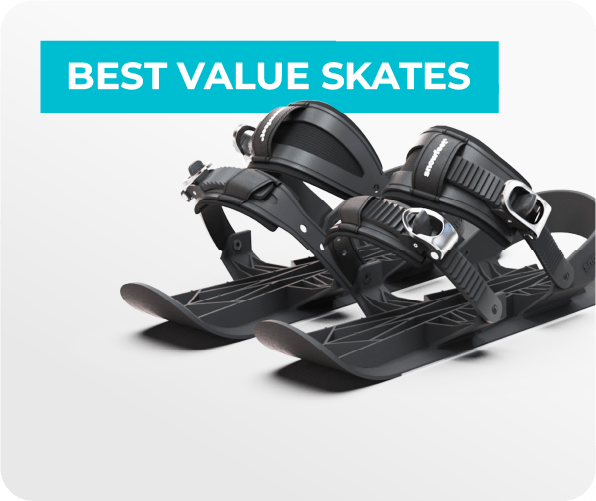
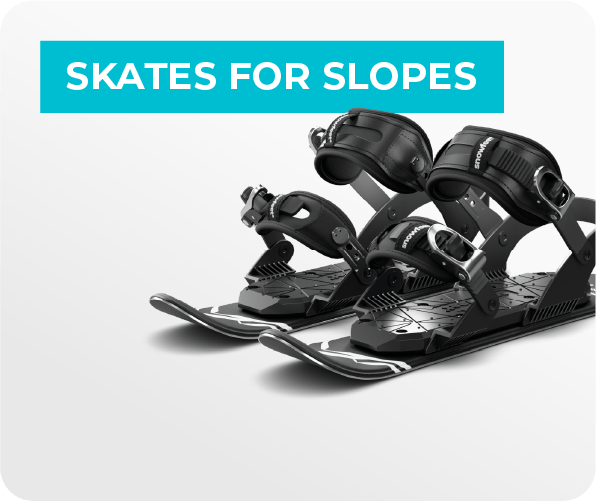
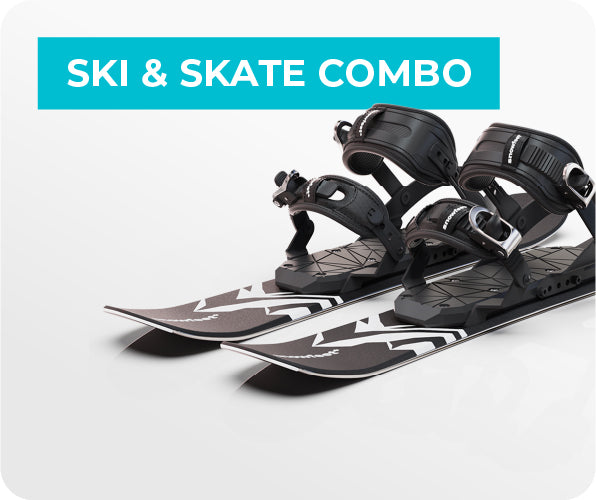
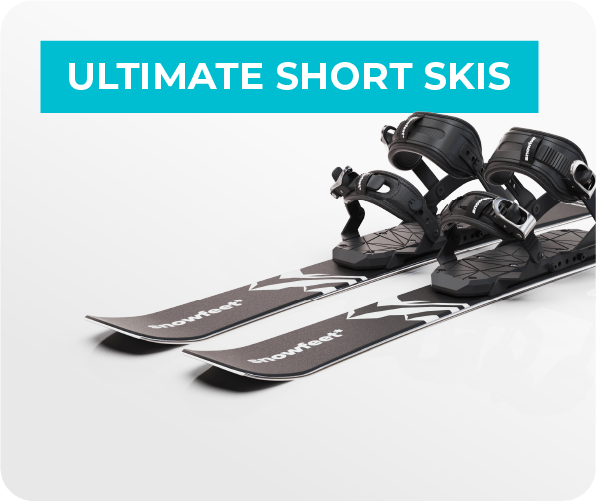
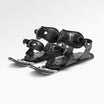
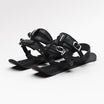
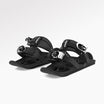
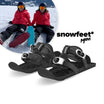
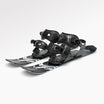
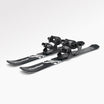
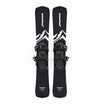
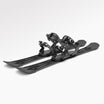
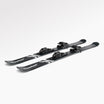
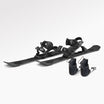
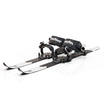
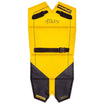
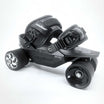

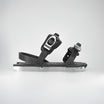
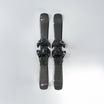
![Ultimate Guide to Park Skis [2025]: Choosing Your Setup](http://www.snowfeetstore.com/cdn/shop/articles/PARK_SKIS_THUMB_a9ee9134-758c-4c56-82e2-39b722e31f70-5199209.jpg?v=1758688802&width=1500)
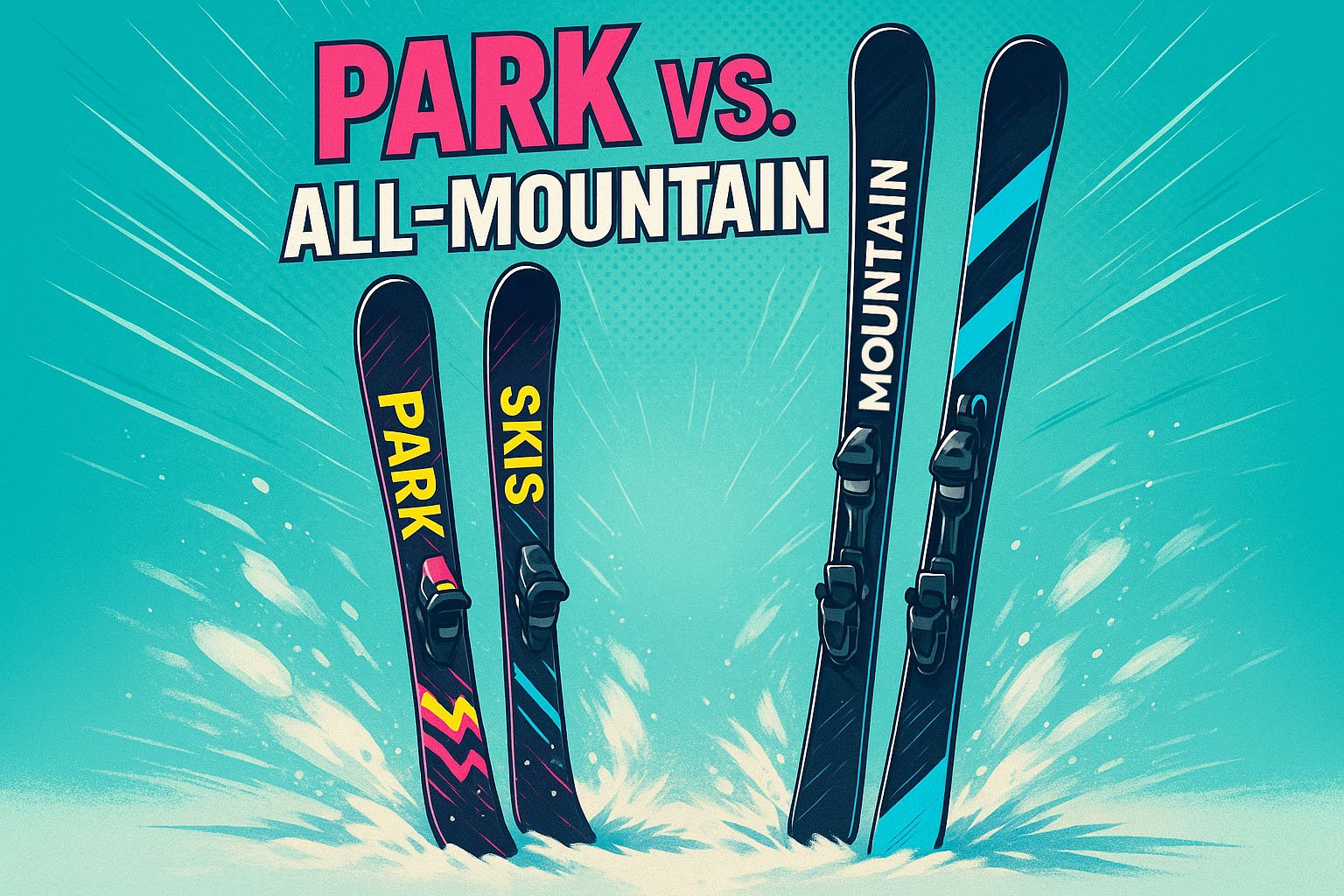
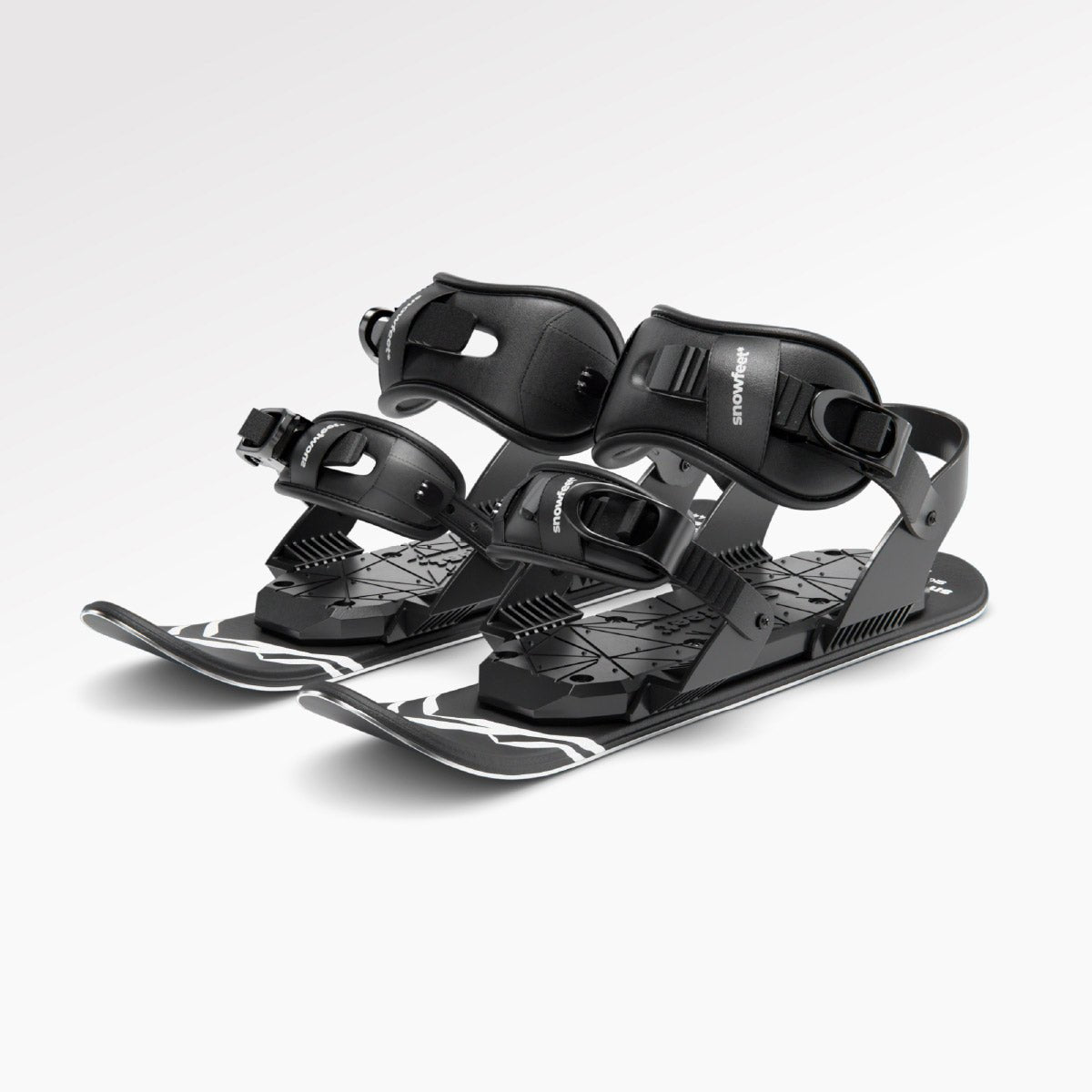
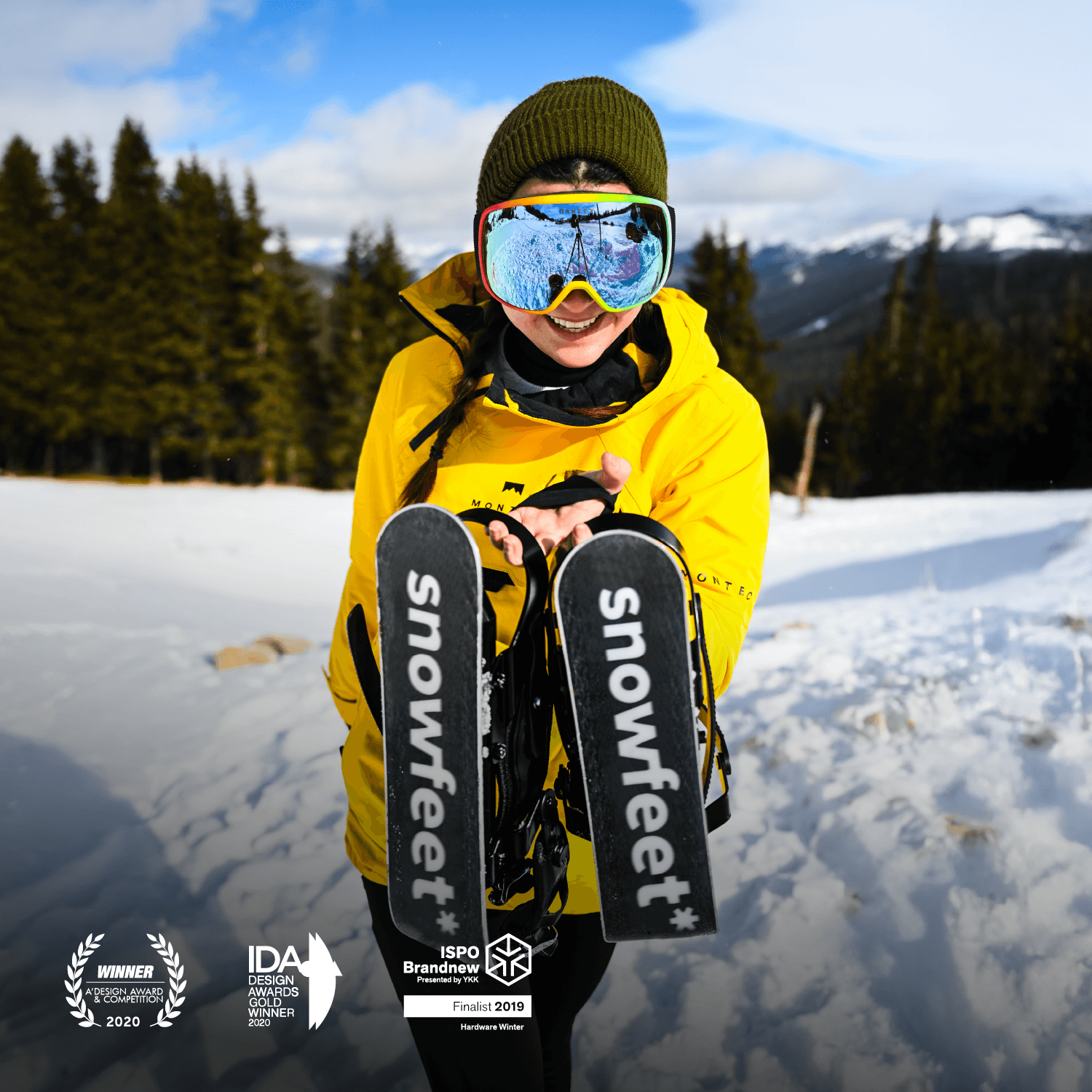
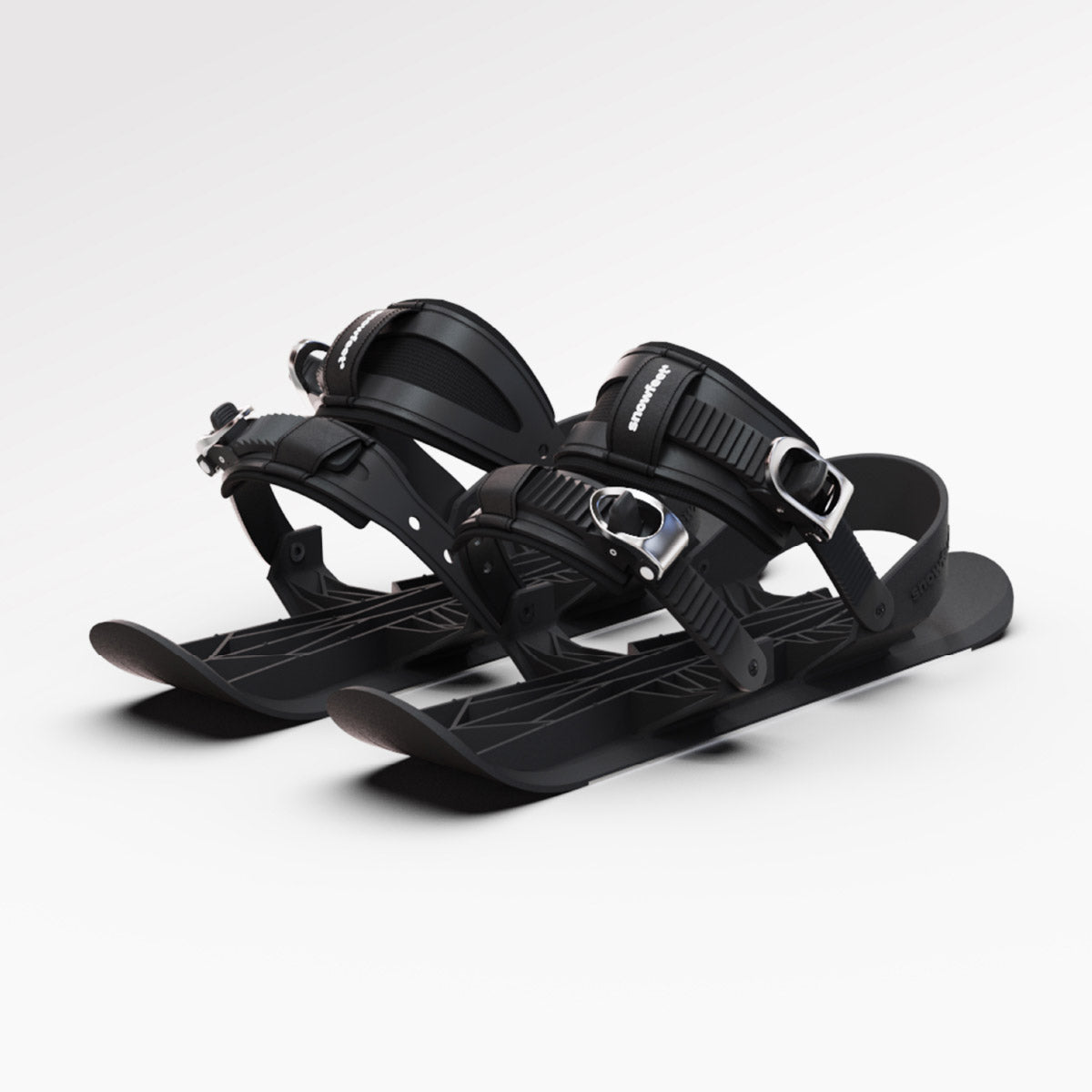
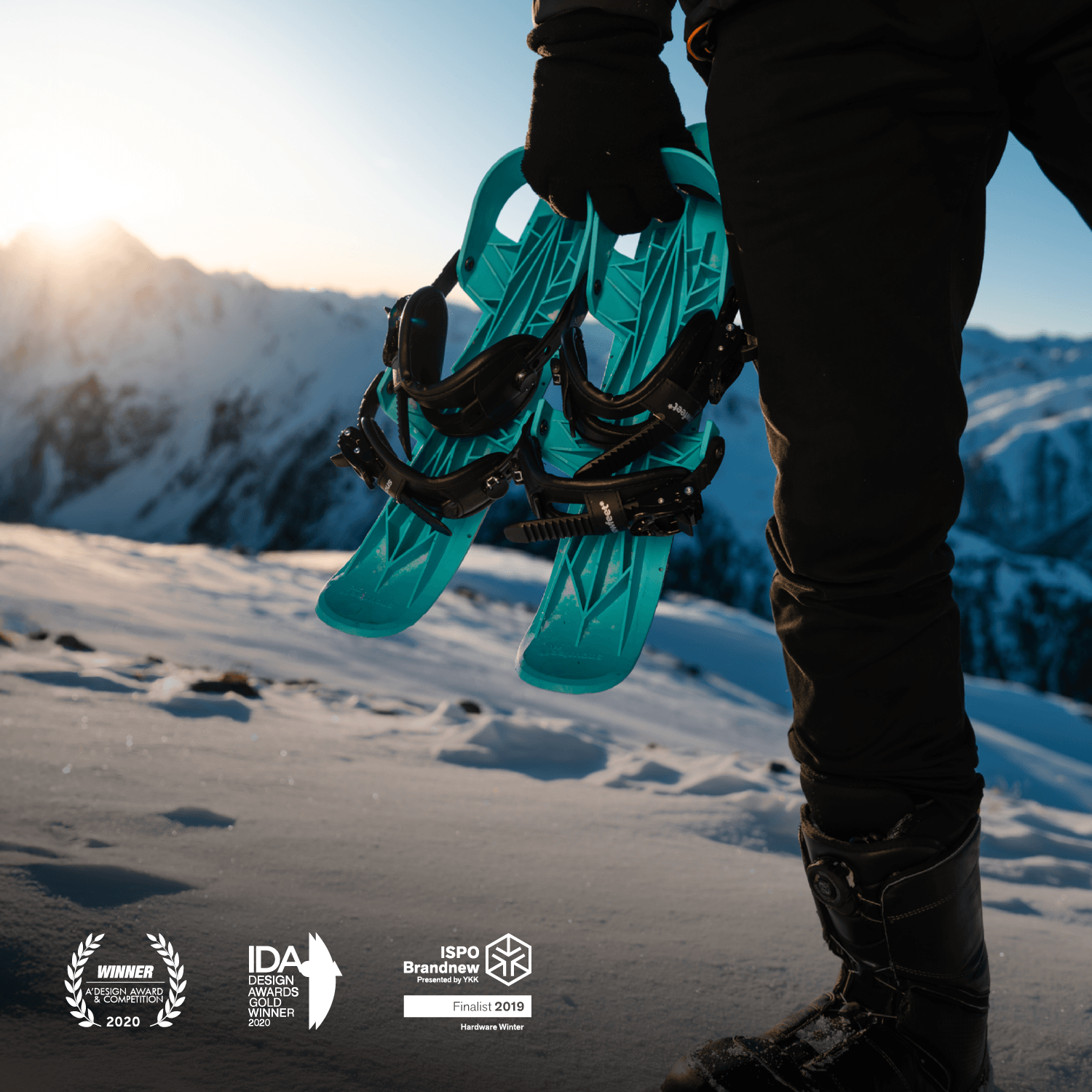
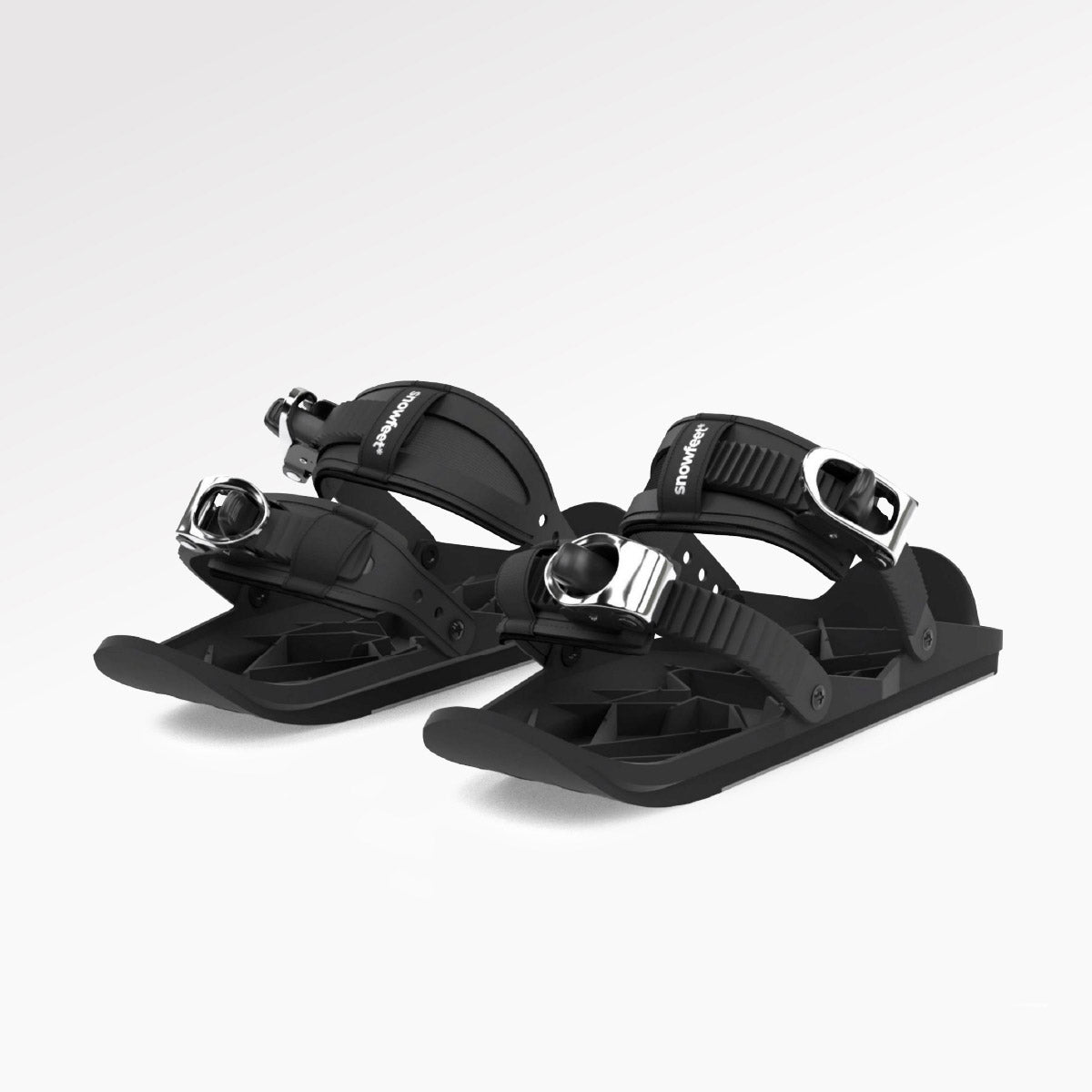
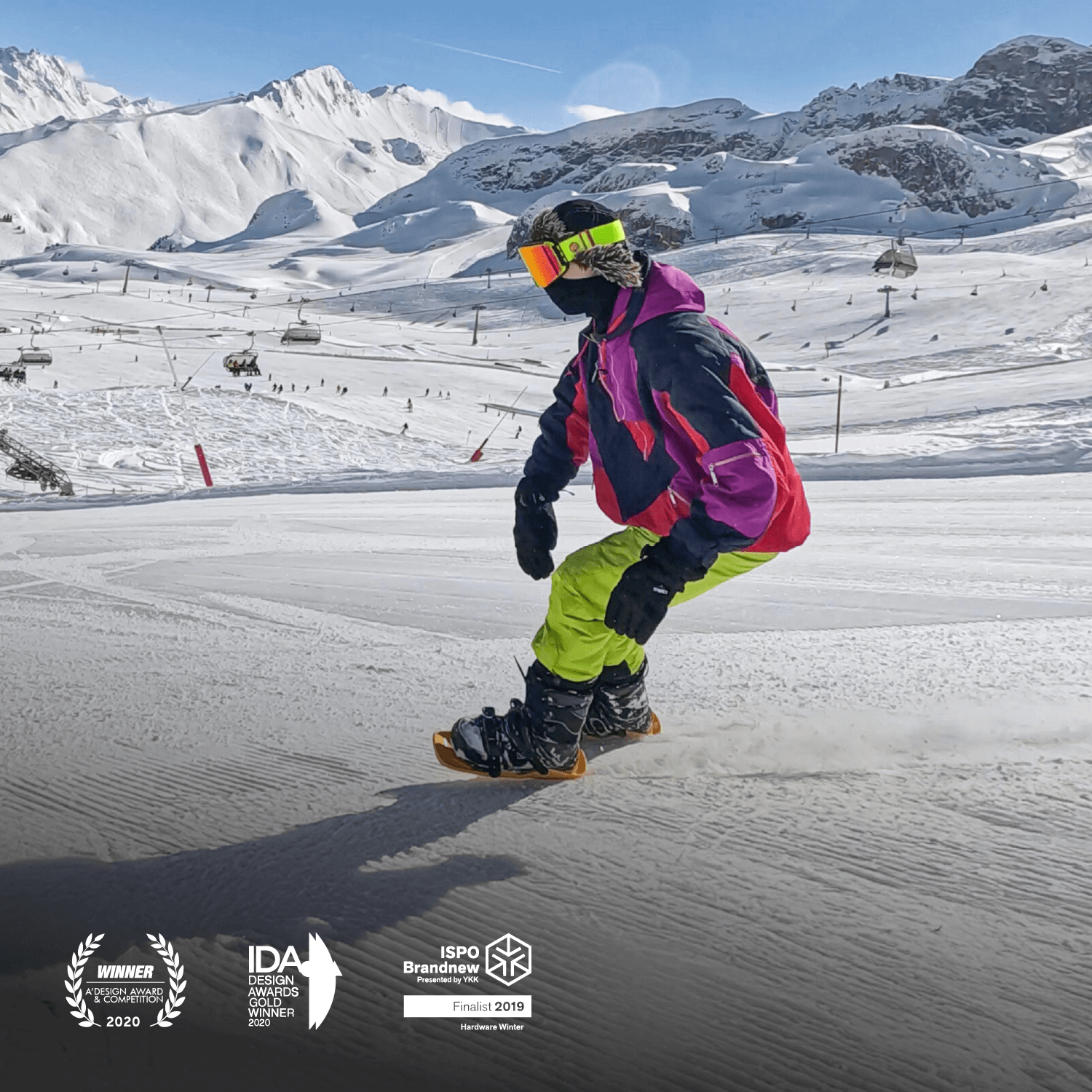
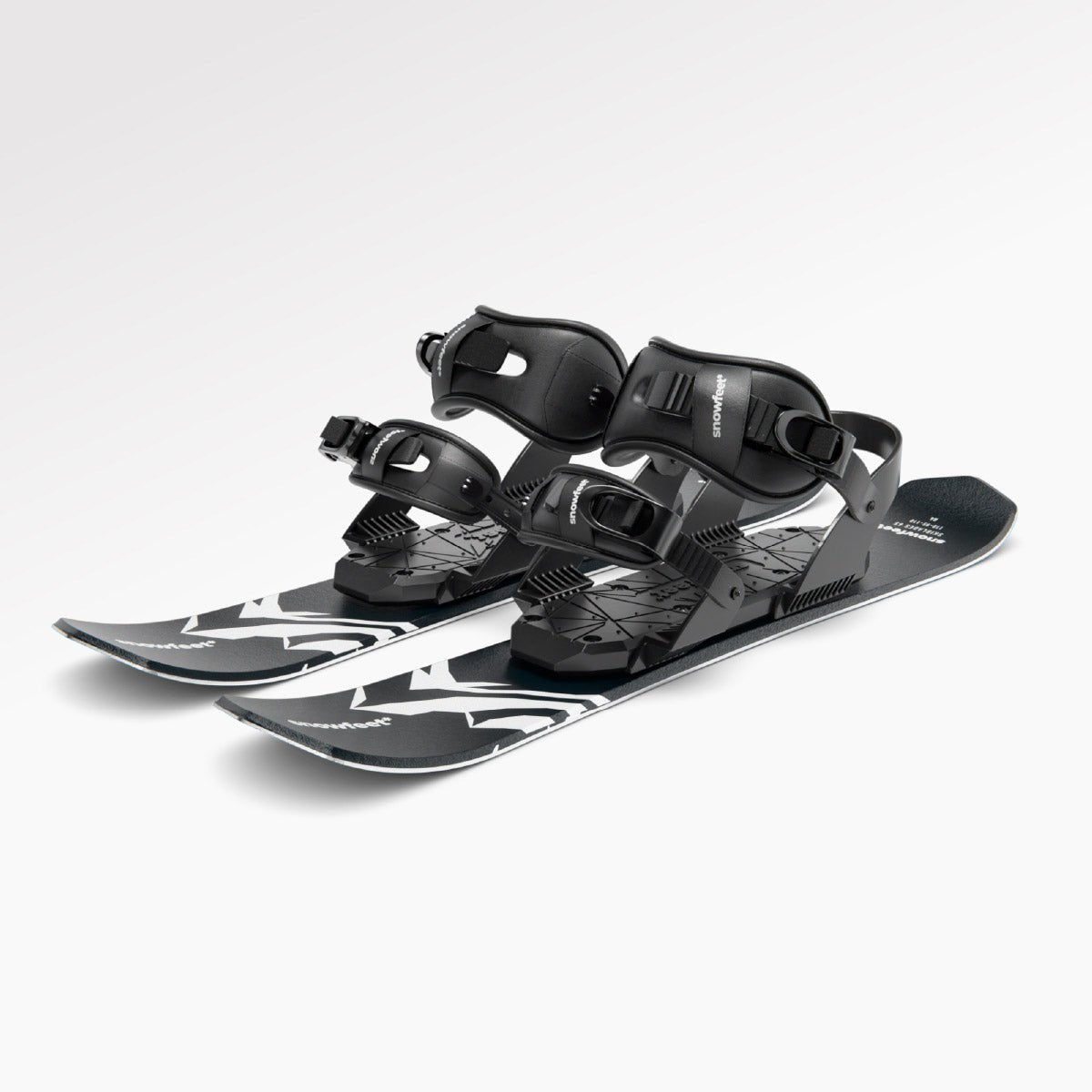
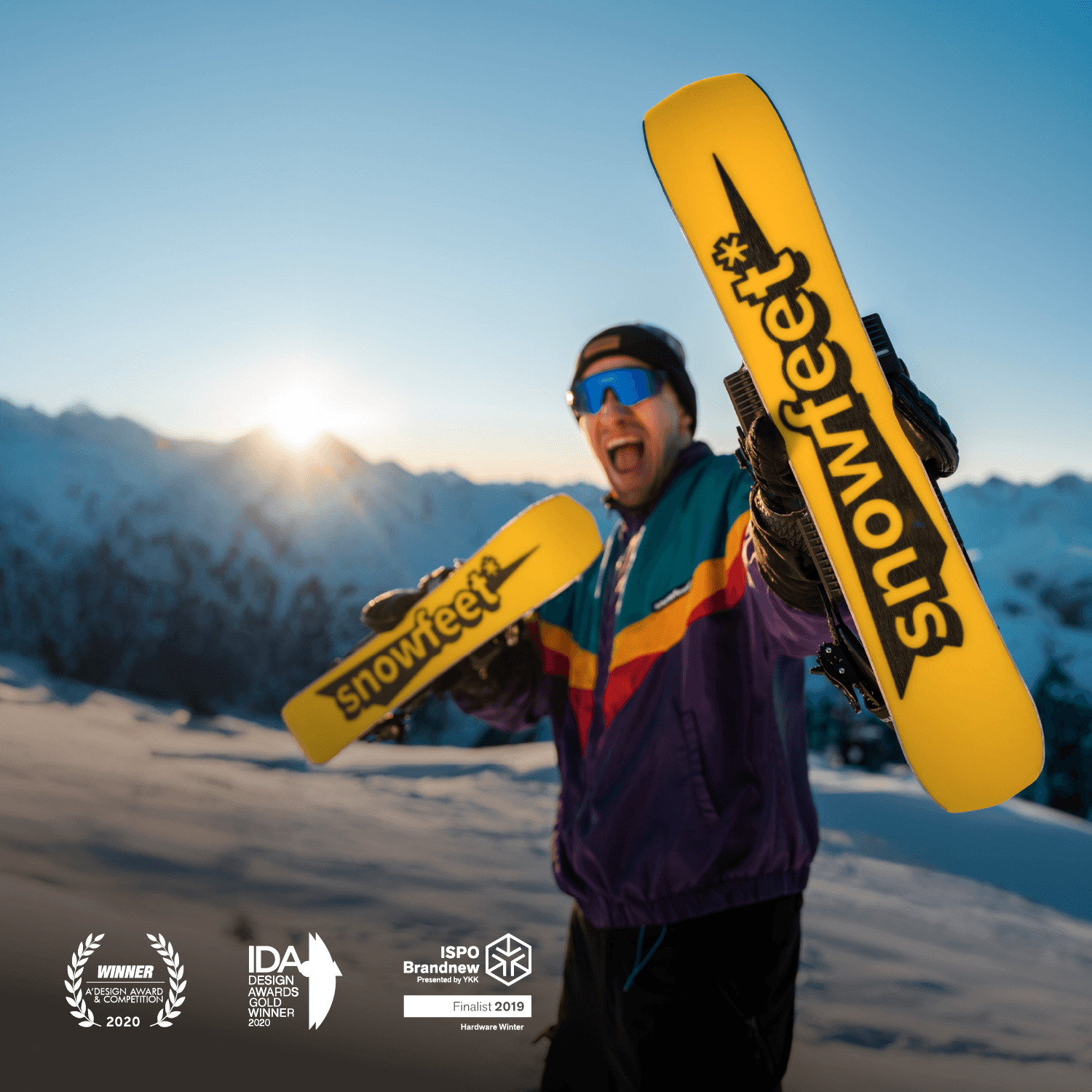
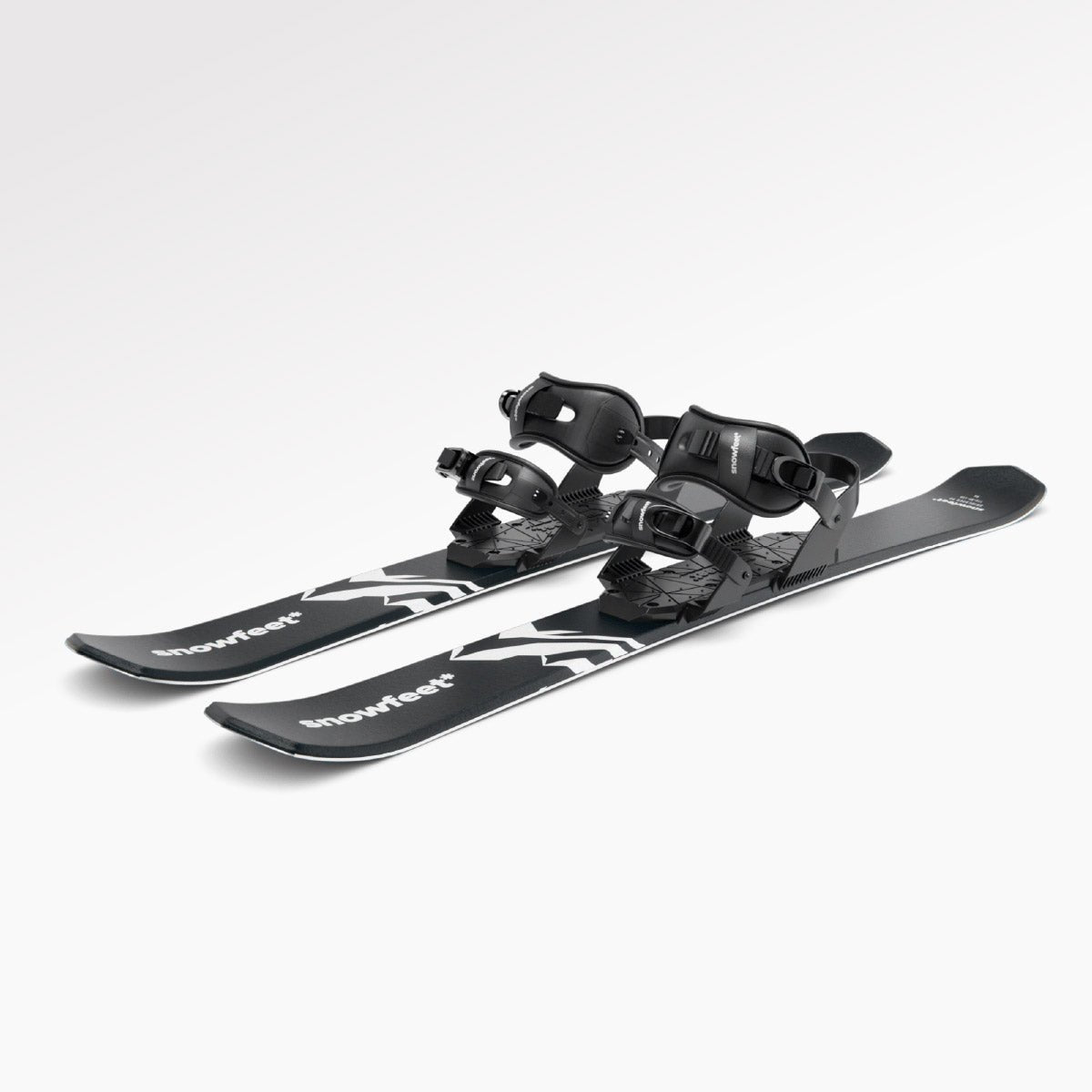
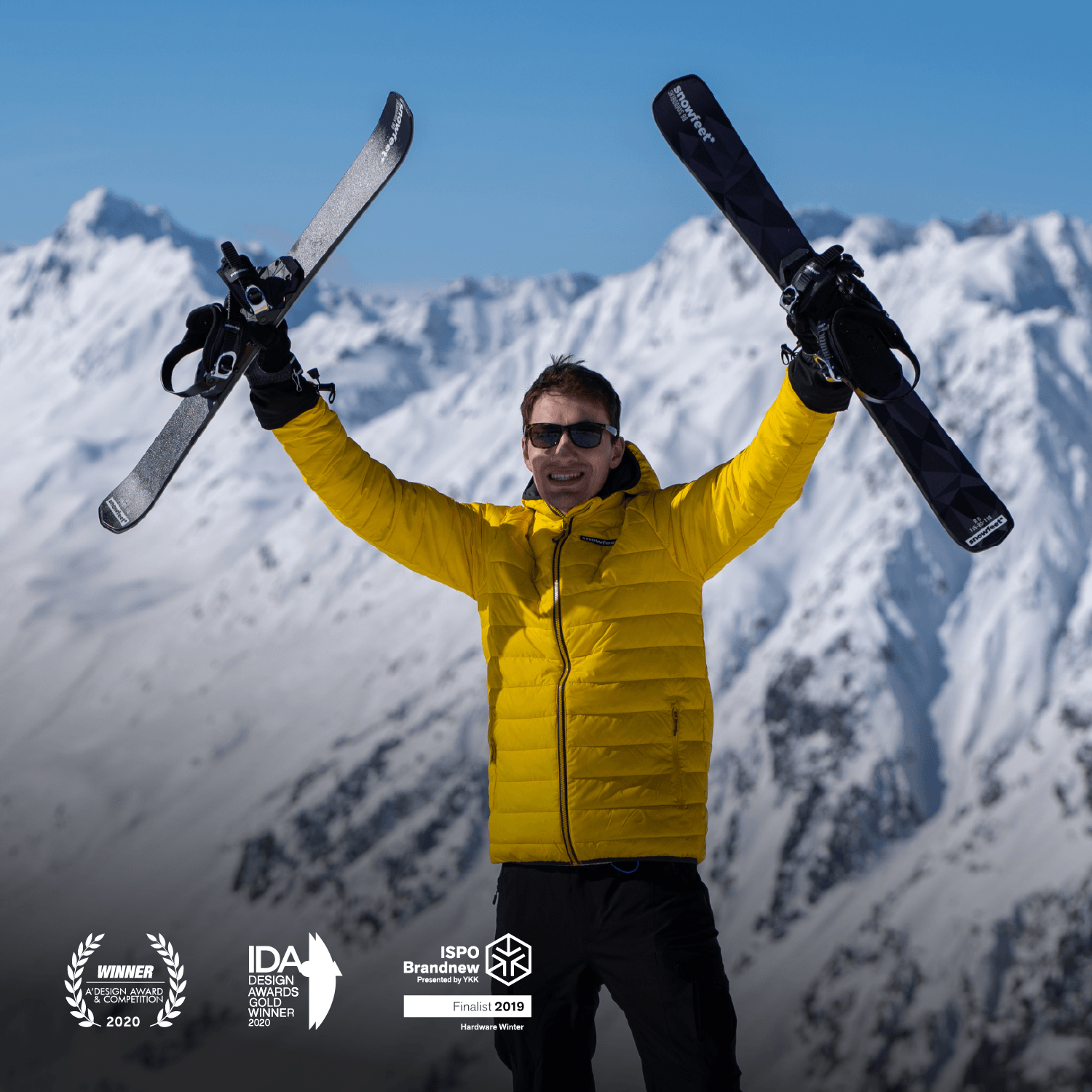
Leave a comment
This site is protected by hCaptcha and the hCaptcha Privacy Policy and Terms of Service apply.